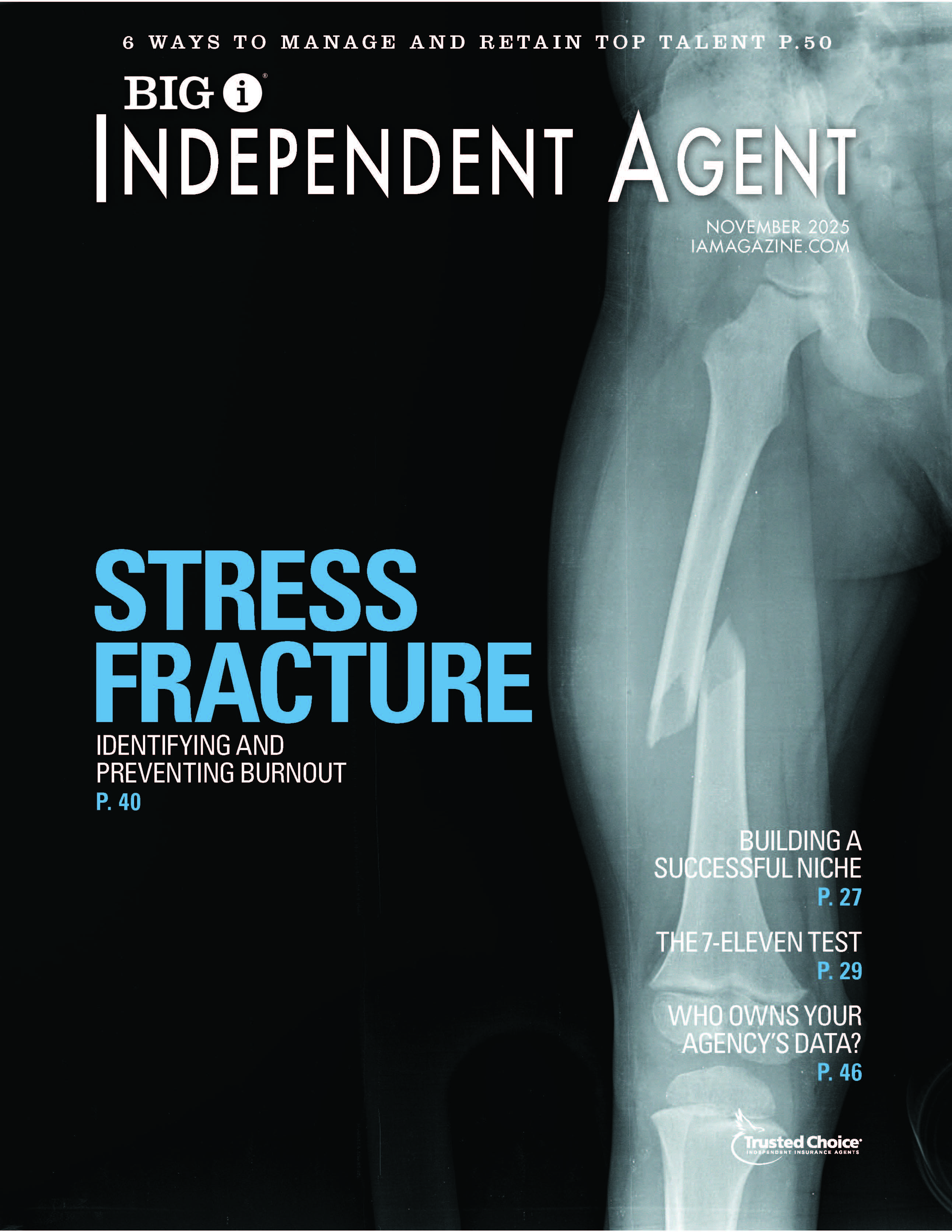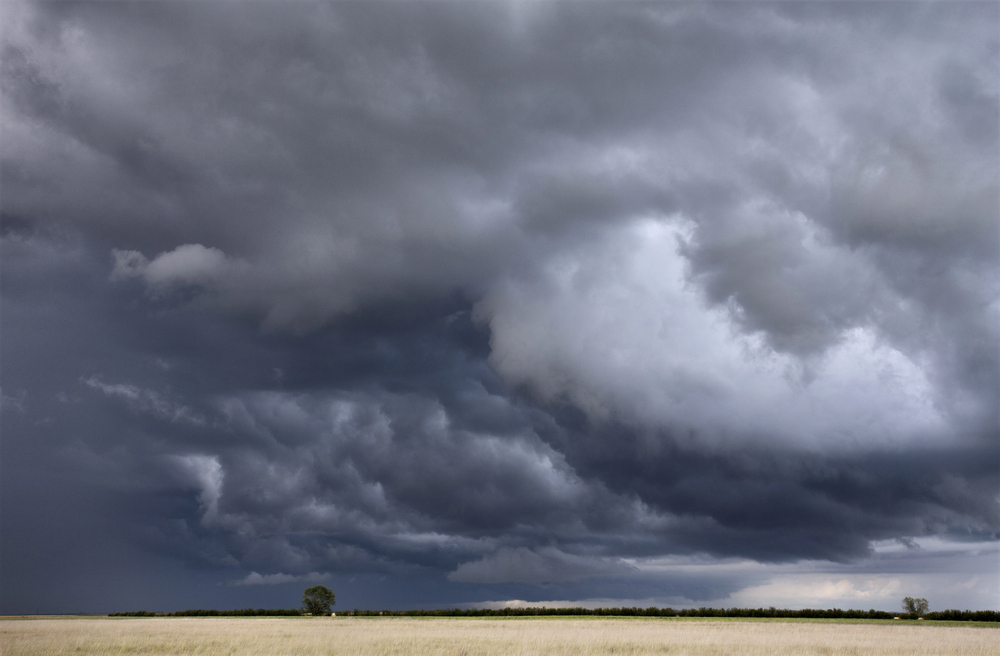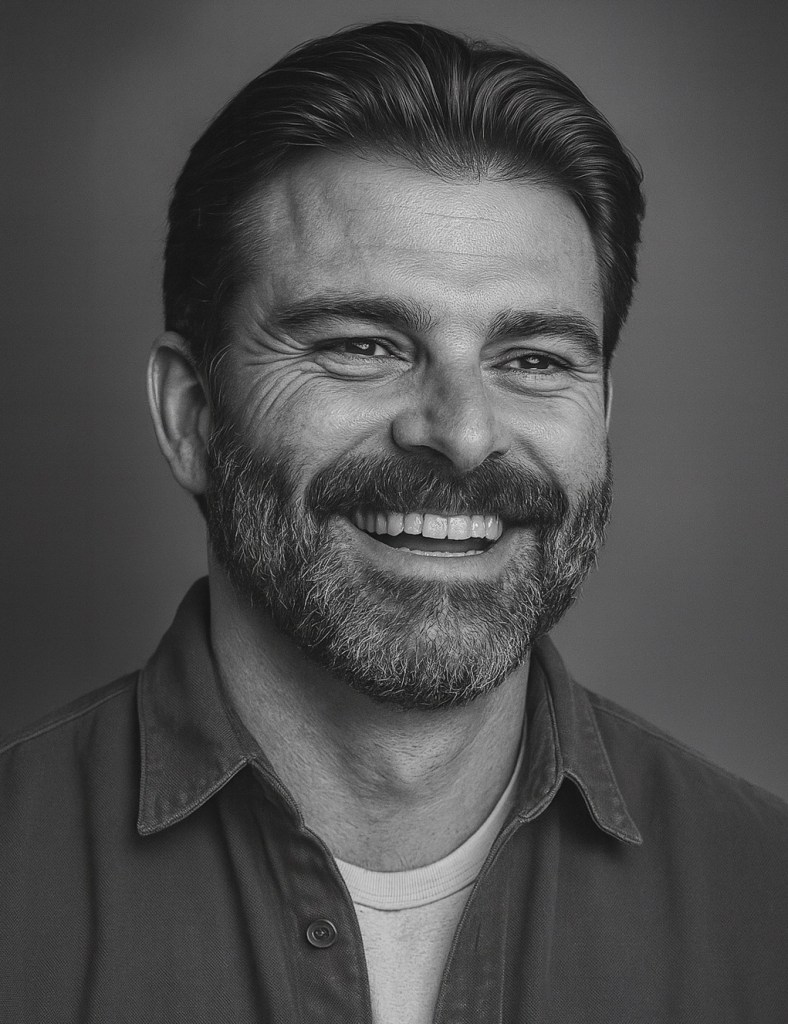The E&O Side of Getting Special Events Coverage Right
By: Matthew Davis
We’ve all been there. Even though this is not your area of expertise—and you’ve said as much—the person asking you for help “just this once” is one of your best customers, your pastor or a teacher at your child’s school.
They ask you to secure special events coverage for a one-time fall festival, and you gamely respond, “I’d love to help.” A quick look on a few carrier websites suggests you can prepare the online application and payment in as little as 10 minutes. How risky can a couple of hayrides, a corn maze and a pumpkin patch be?
Clearly, you’ve never watched that new fall favorite, the pumpkin cannon, firing its payload at speeds in excess of 400 mph at a target several thousand feet down range.
It’s not just exploding pumpkin launchers that pose a threat to insurance agents playing with festivals, parades and other special events. Obtaining this coverage is generally not the cakewalk you were expecting.
For starters, you need to consider whom the coverage benefits. This whole conversation probably began with the event venue demanding proof that it enjoys additional insured status on a liability policy with specified coverages.
The good news is that most carriers allow that at no cost. But did you follow through and add the venue to the policy? If not, you may have failed at your primary task.
Who else enjoys protection under the policy should they be injured by a misfired, airborne member of the squash family (or a more mundane peril)? Spectators, as a group, are almost certainly covered, but what about volunteers and other participants? The general answer is no. Check the policy language—“participant coverage is available” means it’s not part of the standard offering. You can add it on, but for an additional fee. More than one agency errors & omissions claim has involved an event organizer, volunteer or participant sustaining an injury at their own event, only to find that their special events policy does not cover their loss.
Other special events exposures for which coverage may be available but not standard include hired/non-owned auto, abuse and molestation, liquor liability, fireworks, setup and takedown, rain, and cancellation. Many of these activities are specifically excluded unless specifically added to the policy, and most require additional premium.
Another important consideration with special events insurance is time. Because special events tend to be limited in duration—often to a single day—coverage is similarly limited. That means you need to enter the right date, because getting the right policy for the wrong weekend is a sure path to an E&O claim.
Finally, consider the location. For events held in town or nearby, it’s generally not an issue, but E&O claims have resulted from special events held outside U.S. territorial waters. Double-check the coverage territory before securing a policy.
Matthew Davis is vice president and claims manager at Swiss Re Corporate Solutions and works out of the office in Overland Park, Kansas. Insurance products underwritten by Westport Insurance Corporation, Overland Park, Kansas, a member of Swiss Re.
Best PracticesKeep these tips in mind to avoid an E&O claim related to placing special events insurance:
|










